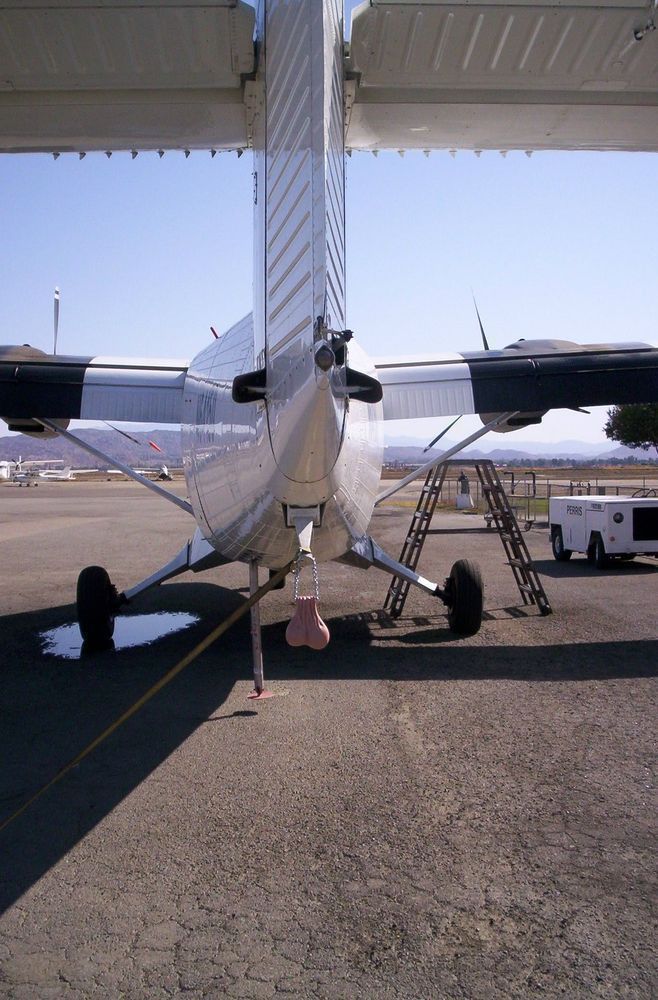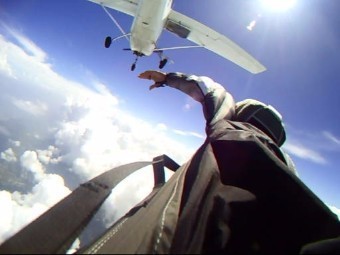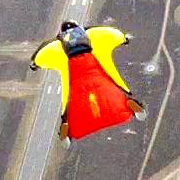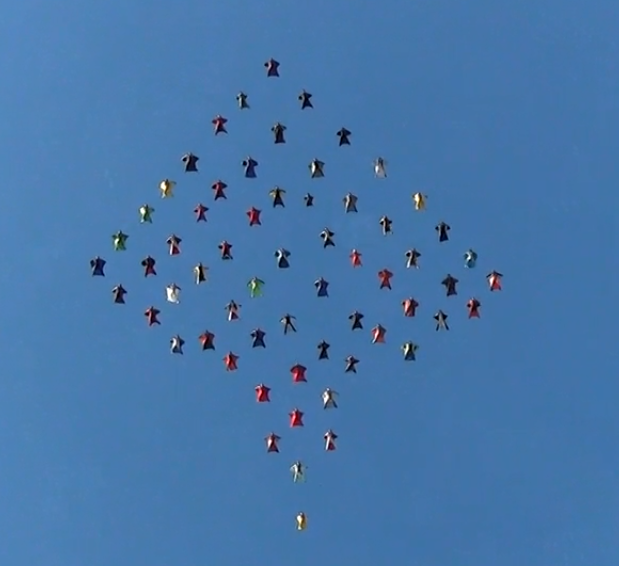Recommended Posts
along with rolling the shoulders over and keeping legs about shoulder width apart, i found that pointing the toes out helps a lot. i felt a very noticeable difference when i pointed them out
yeyo 1
i dont have many jumps, but almost half of them are tracking jumps. from solo tracking to 12 ways...
i loooove tracking
one thing ive found is that its easier to roll the shoulders with the palms of the hands facing up, and i can feel the difference in fwd speed.
i loooove tracking
one thing ive found is that its easier to roll the shoulders with the palms of the hands facing up, and i can feel the difference in fwd speed.
HISPA #93
DS #419.5
DS #419.5
QuoteDid you miss the fatality in the incidents forum from a collision on opening?
Have they died because of the impact of the collision? Not really.... They died, because of the low cut-away.
I think your argument is stupid, but I still think you're right. Not all skydivers track as if their lives truly depend on it. And on an average jump, we can get away with not tracking very well. But there are BASE jumps where the jumper will literally die if he doesn't track flat enough.
There are plenty of skydivers that can't track well. There aren't any BASE jumpers making jumps that REQUIRE good tracking that can't track well... well, some might make one jump like that...
Dave
There are plenty of skydivers that can't track well. There aren't any BASE jumpers making jumps that REQUIRE good tracking that can't track well... well, some might make one jump like that...
Dave
Annie 0
Instead of tracking with your palms facing the ground, track with your palms up....it will automatically give some roll to the shoulders. It works wonders. Give it a try next time.
headoverheels 333
Feet together or close to it, arms close to the sides and hands pushing slightly forward of your hips. You need those shoulders rolled in, either just do it, or use the palms up method mentioned above. Legs straight, toes pointed. With booties, ease the feet out over the first 1-2 seconds, so you don't start in a steep dive. It takes a while, especially with booties, to get the correct position without going to head down. Once you build up speed, the lift from your upper body (curled shoulders, etc.) will help flatten out the trajectory. Forget that iron cross track -- I can blow by a guy with 11k jumps that tracks that way.
kallend 2,107
Quote
Forget that iron cross track -- I can blow by a guy with 11k jumps that tracks that way.
I think you missed his point:
"An Iron Cross Track covers ground slower - than a full-blown track - but has a very slow fall rate.
"
Which, I suppose, has its place in the jumper's toolkit.
...
The only sure way to survive a canopy collision is not to have one.
The only sure way to survive a canopy collision is not to have one.
QuoteI think your argument is stupid, but I still think you're right. Not all skydivers track as if their lives truly depend on it. And on an average jump, we can get away with not tracking very well. But there are BASE jumps where the jumper will literally die if he doesn't track flat enough.
I'm happy that at least you got my point.







However one constant I've found is the "rolling the shoulders" as previously mentioned.
The best way I've found it described is if you are laying on the wing of a plane with your head over the front leading edge, you want your upper body/shoulders to follow the shape of the leading edge of that wing.
And yes, every jump I track like my life depends on it!!!! Nothin but hardcore trackin!!!!
Share this post
Link to post
Share on other sites